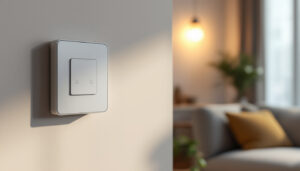
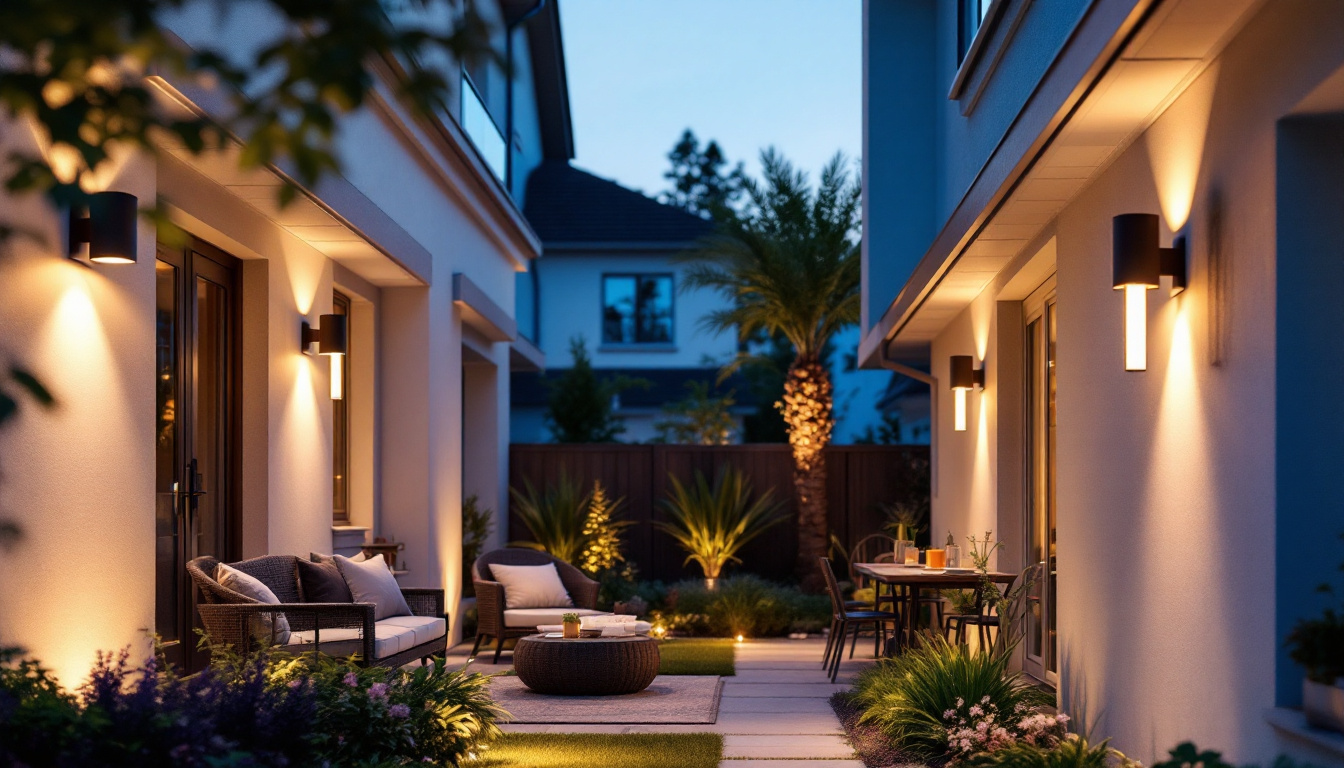
In the ever-evolving world of lighting design, exterior LED light fixtures have emerged as a game-changer for both residential and commercial applications. As a lighting contractor, understanding the nuances of these fixtures is essential for delivering high-quality installations that meet client expectations and adhere to industry standards. This handbook aims to provide comprehensive insights into the various aspects of exterior LED light fixtures, from types and benefits to installation tips and maintenance considerations.
LED, or Light Emitting Diode, technology has revolutionized the lighting industry. Unlike traditional incandescent or fluorescent bulbs, LEDs convert electricity directly into light, making them more efficient and longer-lasting. This innovative technology has not only transformed how we illuminate our spaces but has also paved the way for smarter, more sustainable lighting solutions that align with modern energy conservation goals.
One of the primary advantages of LED fixtures is their energy efficiency. LEDs consume significantly less power compared to traditional lighting options, which translates into lower energy bills for clients. This efficiency is particularly beneficial for outdoor lighting, where fixtures are often left on for extended periods. In fact, studies have shown that switching to LED lighting can reduce energy consumption by up to 80%, making it a smart choice for both residential and commercial properties. Additionally, the reduced heat output of LEDs means less energy wasted as heat, further enhancing their efficiency and contributing to a cooler environment.
LEDs boast an impressive lifespan, often exceeding 25,000 hours of use. This longevity means fewer replacements and reduced maintenance costs for clients. Moreover, many LED fixtures are designed to withstand harsh weather conditions, making them ideal for outdoor applications. Unlike traditional bulbs that can easily shatter or fail under extreme temperatures, LEDs are built with robust materials that enhance their durability. Furthermore, they are resistant to vibrations and impacts, making them a preferred choice for high-traffic areas or industrial settings where reliability is paramount. This resilience not only ensures consistent performance but also contributes to a more sustainable approach by minimizing waste and the need for frequent replacements.
Exterior LED light fixtures come in a variety of styles and applications. Understanding the different types available can help contractors recommend the best options for their clients’ needs.
Wall pack lights are commonly used in commercial settings, providing security and general illumination. These fixtures are mounted on walls and are often used to light up building exteriors, parking lots, and walkways. They come in various styles, including full cutoff designs that minimize light pollution. Additionally, wall packs can be equipped with motion sensors, enhancing their functionality by ensuring that lights are only activated when needed, thus saving energy and costs. Their robust construction also makes them suitable for harsh weather conditions, ensuring longevity and reliability in outdoor environments.
Flood lights are versatile fixtures that can illuminate large areas, making them ideal for outdoor events, sports fields, and security applications. They can be mounted on poles or walls and are available in adjustable designs to focus light where it’s needed most. Many modern flood lights also offer smart technology integration, allowing users to control brightness and timing through mobile apps or home automation systems. This adaptability not only enhances security but also provides an opportunity for energy savings, as users can adjust lighting based on specific needs or occupancy levels, ensuring that energy is not wasted during off-peak hours.
Pathway and step lights enhance safety and aesthetics in outdoor spaces. These fixtures are typically low-profile and can be embedded in walkways or mounted on walls. They provide subtle illumination that guides pedestrians while adding a decorative touch to landscapes. In addition to their practical use, pathway lights can be designed in various styles, from sleek modern looks to more traditional lantern-inspired designs, allowing homeowners and businesses to choose fixtures that complement their architectural style. Furthermore, some models incorporate solar technology, making them an eco-friendly option that reduces reliance on electrical sources while still providing reliable lighting during the night.
Incorporating LED technology into exterior lighting designs offers numerous benefits that can enhance the overall value of a project.
LED fixtures are more environmentally friendly than traditional lighting options. Their reduced energy consumption leads to lower carbon emissions, making them a sustainable choice. Additionally, LEDs do not contain hazardous materials like mercury, which is found in some fluorescent bulbs. This not only minimizes environmental pollution but also simplifies disposal processes, as LEDs can be recycled more easily than their traditional counterparts. By choosing LED lighting, property owners can contribute to a greener planet and promote eco-friendly practices within their communities.
Properly illuminated outdoor spaces contribute to safety and security. LED fixtures provide bright, consistent light that can deter criminal activity and reduce accidents caused by poor visibility. This is particularly important for commercial properties and public spaces. Furthermore, the longevity of LED lights means that they require less frequent replacement, reducing the likelihood of dark areas that can pose safety risks. Enhanced visibility not only protects individuals but also promotes a sense of community, encouraging more people to utilize public spaces during evening hours.
LED fixtures are available in various designs, colors, and intensities, allowing for creative freedom in outdoor lighting projects. Whether aiming for a modern aesthetic or a more traditional look, contractors can find LED options that complement the overall design of the property. Additionally, the ability to dim LED lights or change their color temperature provides even greater versatility, enabling property owners to create different atmospheres for various occasions. From warm, inviting tones for residential patios to bright, focused lighting for commercial facades, the adaptability of LED technology ensures that every space can be tailored to meet specific needs and preferences.
In addition to their environmental benefits, LED fixtures are also a cost-effective choice for outdoor lighting. Although the initial investment may be higher than traditional lighting options, the long-term savings on energy bills and maintenance costs can be substantial. LEDs have an impressive lifespan, often lasting up to 25,000 hours or more, which means fewer replacements and less labor involved in upkeep. This financial efficiency makes LEDs an attractive option for both residential and commercial property owners looking to maximize their return on investment while minimizing operational costs.
The rise of smart home technology has also influenced the popularity of LED lighting. Many LED fixtures can now be integrated with smart systems, allowing users to control their outdoor lighting remotely via smartphones or voice-activated devices. This capability not only enhances convenience but also enables users to customize their lighting schedules, ensuring that outdoor areas are illuminated only when needed. Such integration can lead to further energy savings and increased security, as property owners can easily adjust lighting in response to changing conditions or potential threats.
Proper installation is crucial for maximizing the performance and lifespan of exterior LED light fixtures. Several factors should be considered during the installation process.
Before installation, a thorough site assessment is essential. This includes evaluating the area’s lighting needs, identifying potential obstacles, and determining the optimal placement of fixtures. Understanding the specific requirements of the space can help contractors create an effective lighting plan.
LED fixtures often have different electrical requirements compared to traditional lighting. Contractors should ensure that the existing wiring and circuits can support the new fixtures. Additionally, using compatible dimmers and controls can enhance the functionality of the lighting system.
The way fixtures are mounted and positioned can significantly impact their performance. Proper angles and heights should be considered to minimize glare and maximize coverage. For example, flood lights should be positioned to avoid casting shadows, while pathway lights should be low enough to guide pedestrians safely.
While LED fixtures require less maintenance than traditional lighting, regular upkeep is still necessary to ensure optimal performance.
Regular cleaning of fixtures is important to maintain their brightness and efficiency. Dust, dirt, and debris can accumulate on lenses, reducing light output. Conducting periodic inspections can also help identify any issues, such as loose connections or damaged components.
Although LEDs have a long lifespan, they may eventually need replacement. Keeping track of the operational hours of fixtures can help contractors anticipate when replacements are necessary. Additionally, staying informed about advancements in LED technology can provide opportunities for upgrades that enhance performance and efficiency.
When recommending LED fixtures to clients, it’s essential to consider their specific needs and preferences. Understanding the various options available can help contractors make informed decisions.
Engaging with clients to understand their lighting goals is the first step in choosing the right fixtures. Questions about the intended use of the space, desired ambiance, and budget constraints can guide the selection process. Additionally, discussing energy efficiency and long-term savings can help clients appreciate the value of LED technology.
Whenever possible, providing clients with demonstrations of different LED fixtures can be beneficial. This allows them to see the quality of light and how it interacts with their outdoor spaces. Samples or mock-ups can help clients visualize the final outcome and make more informed decisions.
The landscape of exterior LED lighting is continually evolving, with new trends emerging that can impact how contractors approach their projects.
Smart lighting technology is gaining traction in the exterior lighting market. These systems allow for remote control and automation, enabling clients to adjust lighting levels based on their needs. Integration with smart home systems can enhance convenience and energy efficiency.
Another emerging trend is human-centric lighting, which focuses on creating lighting environments that support human well-being. This approach considers factors such as color temperature and intensity, aiming to improve mood and productivity in outdoor spaces.
As sustainability becomes increasingly important, integrating LED lighting with renewable energy sources, such as solar power, is gaining popularity. Solar-powered LED fixtures offer a cost-effective and environmentally friendly solution for outdoor lighting, particularly in remote areas.
Exterior LED light fixtures represent a significant advancement in lighting technology, offering numerous benefits for both contractors and clients. By understanding the various types of fixtures, installation considerations, and maintenance requirements, lighting contractors can deliver exceptional results that enhance outdoor spaces. As the industry continues to evolve, staying informed about the latest trends and technologies will be crucial for success in this competitive field.
Ultimately, the goal is to create well-lit environments that not only meet safety and security needs but also enhance the aesthetic appeal of properties. By leveraging the advantages of LED technology, lighting contractors can play a pivotal role in shaping the future of outdoor lighting.
Ready to elevate your lighting projects with the most efficient and stylish exterior LED fixtures? Look no further than LumenWholesale, where we offer an extensive selection of spec-grade lighting products at unbeatable wholesale prices. Say goodbye to middleman markups and hello to superior lighting that meets the highest industry standards. With free shipping on bulk orders, you can trust that you’re getting the best value without any hidden fees. Don’t compromise on quality or cost—choose LumenWholesale for a seamless blend of excellence and convenience. Explore our collection now and secure the best in wholesale lighting at the best value.
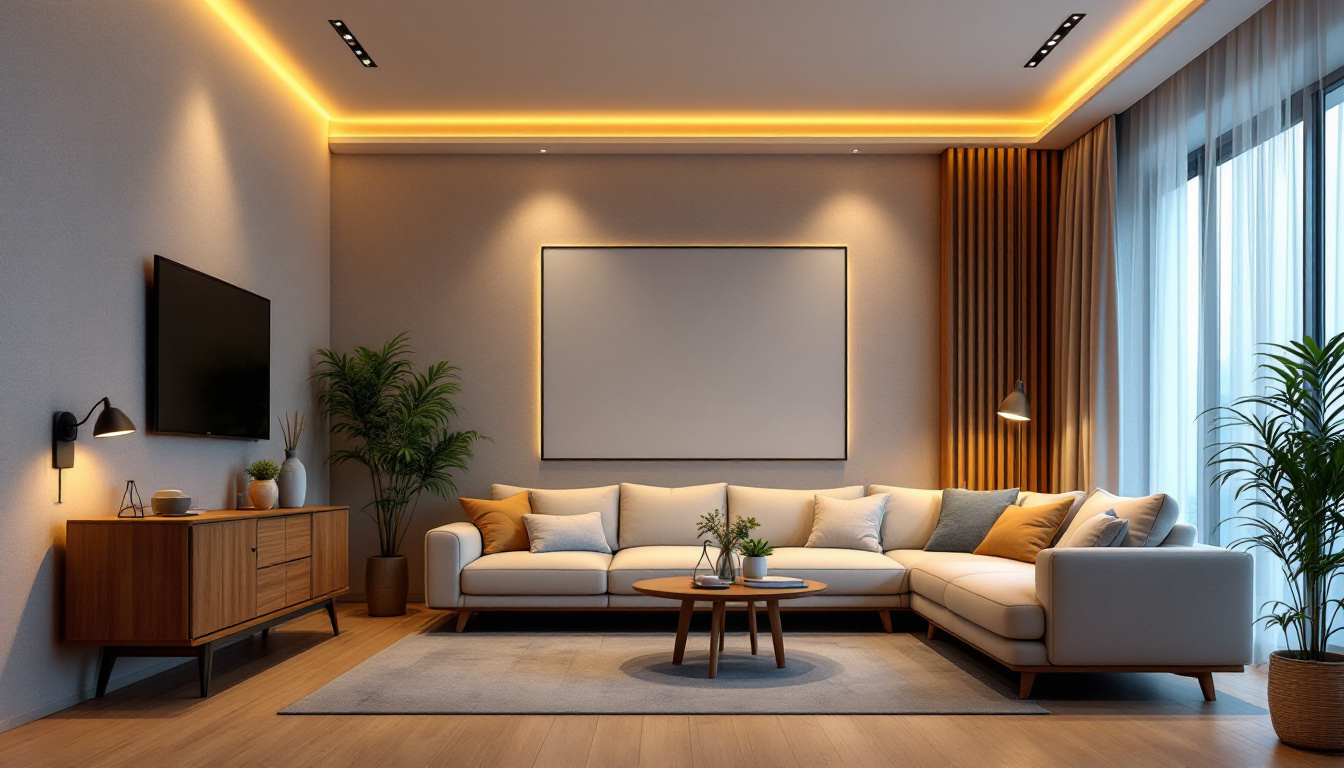
Discover the top choices in recessed lighting with our comprehensive guide tailored for lighting contractors.
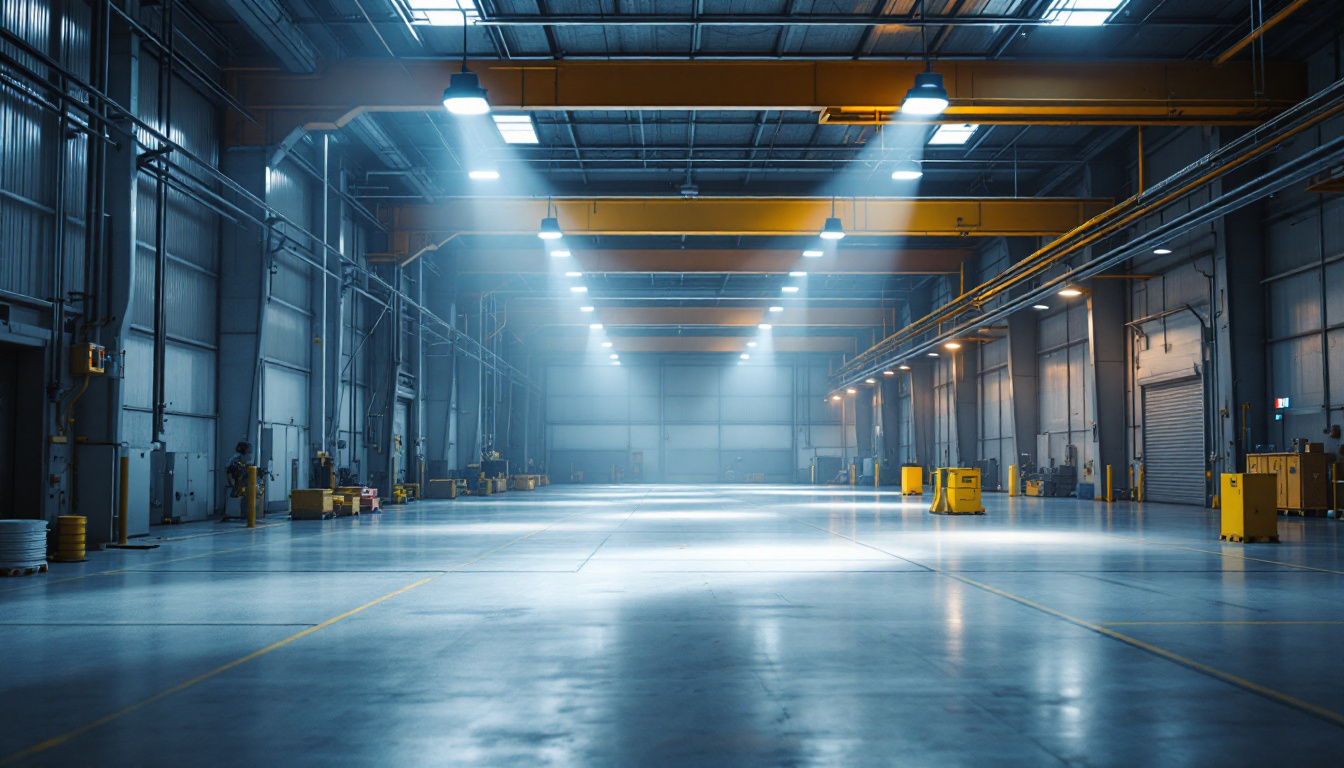
Discover the essential guide to high bay fixtures tailored for lighting contractors.
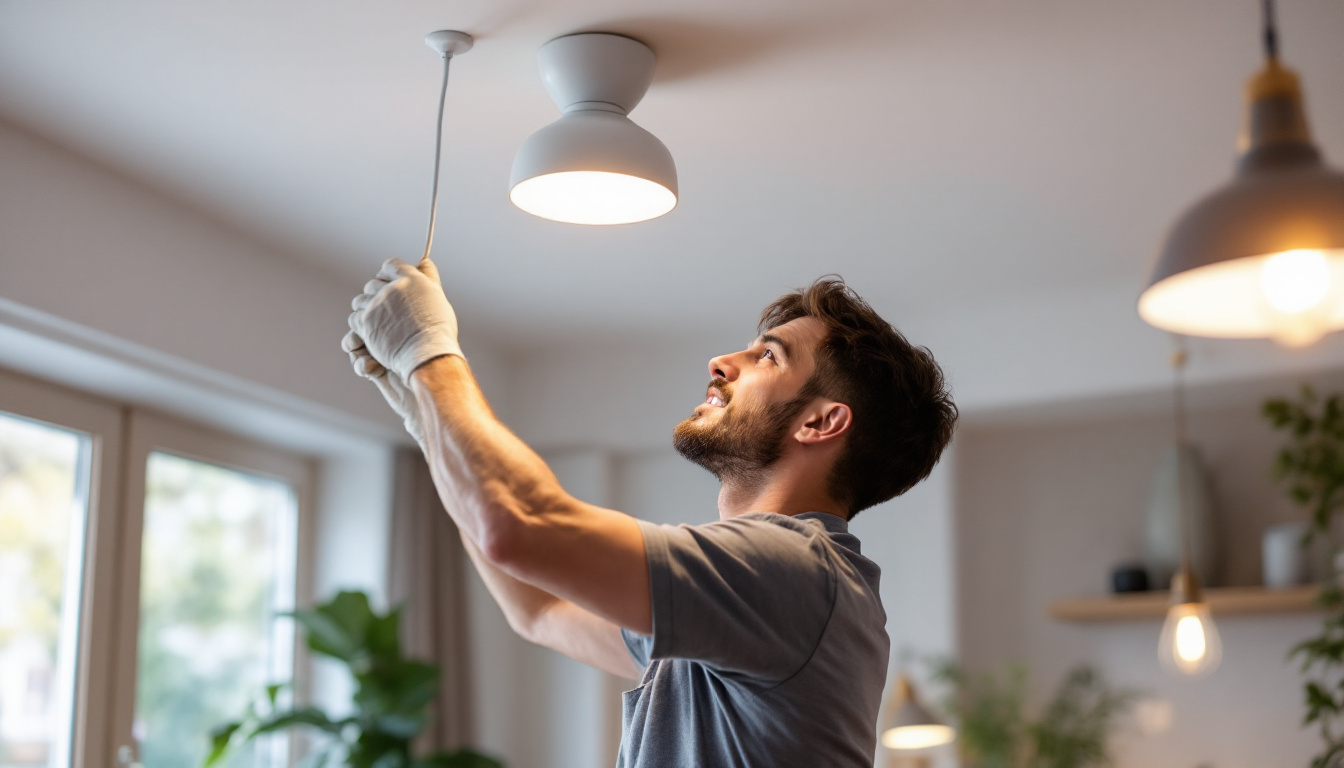
Discover the pivotal role Atlas Lighting Burlington plays in the success of lighting contractors.

Discover why sourcing ceiling lights in bulk from local distributors might not be your best bet.
Get notified when NEW deals are released.
Optimize your budget with wholesale discounts.
Only top-quality, specification-grade lighting products.
No additional costs at checkout - what you see is what you pay.
We understand the unique needs of contractors.